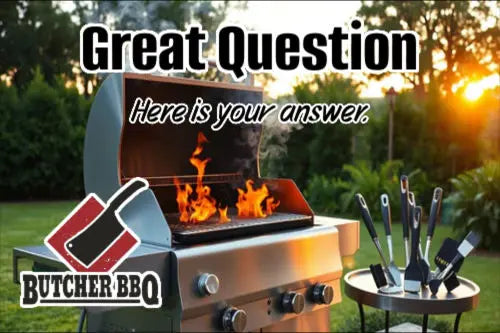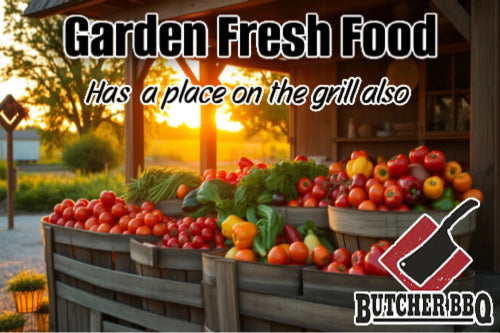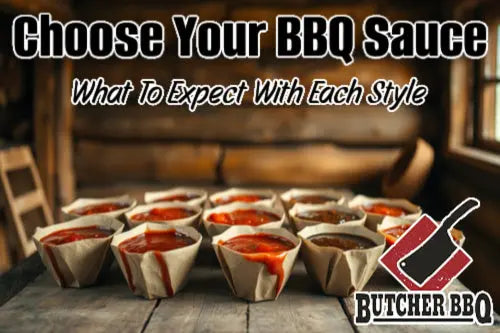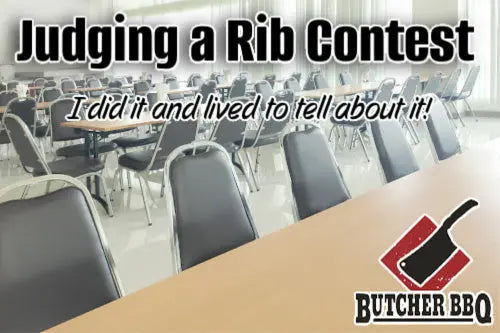
Mastering the Art of BBQ: A Q&A Guide on Common BBQ Questions
As the aroma of sizzling meats and the crackle of wood smoke fill the air, it's clear that barbecuing has become a beloved pastime for many. Whether you're a seasoned pit master or a backyard enthusiast, understanding the nuances of BBQ and grilling can make all the difference in elevating your culinary creations. In this comprehensive Q&A guide, we'll dive into the world of BBQ, exploring the key differences between grilling and barbecuing, the art of heat control, and answering some of the most common questions that arise when firing up the grill.
Grilling vs. Barbecuing: What's the Difference?
At the heart of the matter, grilling and barbecuing are two distinct cooking methods, each with its own unique characteristics. Grilling, often done over direct high heat, is a quick and intense cooking process that sears the outside of the food while leaving the inside tender and juicy. Barbecuing, on the other hand, is a slower, low-and-slow cooking method that utilizes indirect heat and smoke to infuse the food with rich, complex flavors.
Grilling
Grilling is the act of cooking food directly over a heat source, such as a gas or charcoal grill. The high, direct heat sears the outside of the food, creating a delicious caramelized crust while the inside remains tender and juicy. Grilling is often used for quick-cooking items like burgers, steaks, chicken, and vegetables.
Barbecuing
Barbecuing, or "low and slow" cooking, involves cooking food indirectly over a heat source, typically using wood or charcoal as the fuel. The food is placed away from the direct heat, allowing it to cook slowly and absorb the smoky flavors from the wood or charcoal. This method is often used for tougher cuts of meat, such as brisket, ribs, and pulled pork, which benefit from the long, gentle cooking process.
Mastering Heat Control: Direct vs. Indirect Heat
Proper heat control is the key to achieving the perfect sear, tender texture, and smoky flavor in your BBQ and grilled dishes. Understanding the difference between direct and indirect heat is crucial.
Direct Heat
Direct heat refers to the placement of food directly over the heat source, whether it's a gas burner or a bed of hot coals. This high-heat cooking method is ideal for quick-cooking items like burgers, steaks, and vegetables, as it sears the outside while leaving the inside juicy and tender.
Indirect Heat
Indirect heat, on the other hand, involves placing the food away from the direct heat source, allowing the food to cook slowly and evenly. This method is commonly used in barbecuing, where the food is placed on the grill grates or in a smoker, away from the heat source. Indirect heat is perfect for tougher cuts of meat, as it allows the connective tissues to break down and the flavors to develop over time.
Common BBQ Questions Answered
As you embark on your BBQ and grilling adventures, you're bound to encounter a few questions along the way. Here are some of the most frequently asked queries and their answers:
How do I know if my food is done?
Determining the doneness of your food is crucial for achieving the perfect texture and flavor. The best way to check is by using a reliable meat thermometer. Insert the thermometer into the thickest part of the meat, avoiding bone, and reference the recommended internal temperatures for your specific dish.
How can I keep food from sticking to the grill?
Preventing food from sticking to the grill grates is a common challenge. To avoid this, make sure to thoroughly clean and oil the grates before cooking. Additionally, allow the grill to preheat fully, and resist the urge to move the food too soon, as this can cause it to stick.
How long does it take to preheat a grill?
The recommended preheating time for a grill can vary depending on the type of grill and the desired temperature. As a general rule, gas grills should be preheated for 10-15 minutes, while charcoal grills should be given 20-30 minutes to reach the optimal cooking temperature.
Can I grill when it's cold outside?
Absolutely! Grilling and barbecuing can be enjoyed year-round, even in colder weather. However, you may need to adjust your cooking times and techniques to account for the lower ambient temperature. Consider using a grill with a lid to help retain heat, and be prepared to monitor your food more closely.
BBQ Trivia: The Most Popular Day for Barbecuing
As we wrap up our BBQ Q&A, let's explore a fun piece of trivia: What is the most popular day for barbecuing in the United States? According to a survey conducted by the Hearth, Patio & Barbecue Association, the answer may surprise you. The most popular day for barbecuing is not the Fourth of July, as one might expect, but rather Memorial Day. This patriotic holiday marks the unofficial start of summer and the peak of grilling season, making it the perfect time for friends and families to gather around the grill and celebrate the flavors of the season.
Conclusion
Mastering the art of BBQ and grilling is a journey filled with experimentation, trial and error, and a deep appreciation for the nuances of heat control and smoke infusion. By understanding the key differences between grilling and barbecuing, as well as the intricacies of direct and indirect heat, you'll be well on your way to creating mouthwatering dishes that will impress your family and friends. Remember, the most important ingredient in any BBQ or grilled creation is a healthy dose of passion and a willingness to explore the endless possibilities of this beloved culinary tradition.




